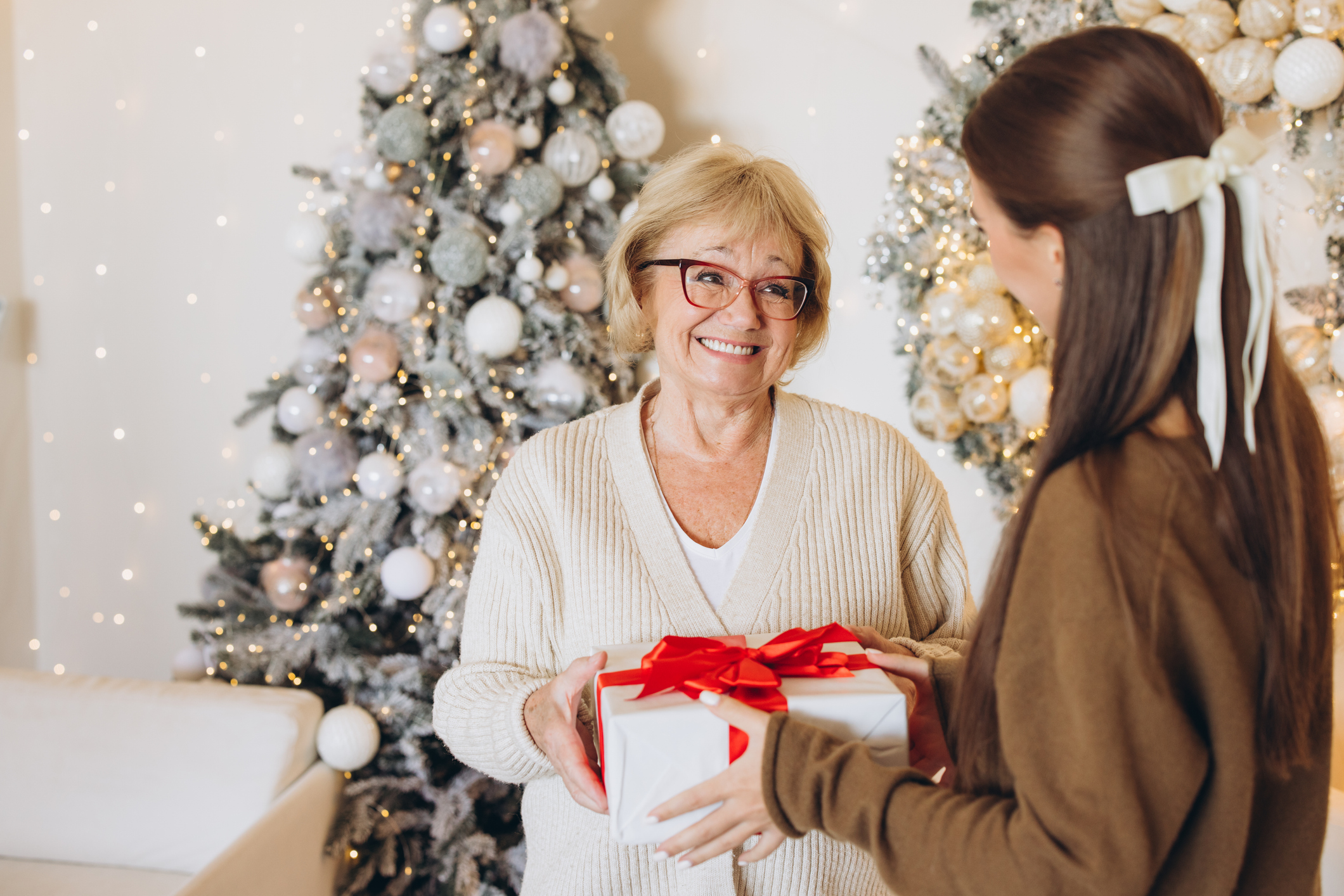Is the End of Jobs Coming? Employees Beware
Entrepreneurship is a path that more workers could find themselves on soon, like it or not. Survival strategies are required for self-starters, and those who’d rather keep their jobs.


Let’s be honest. One of your primary goals is to build long-term wealth, right?
Wealth building is based on two factors: earnings and expenses. When you are satisfied with your career, you have a higher likelihood of earning more money. If dissatisfied, it is that much more difficult to increase your earnings.
Taylor Pearson contends in his book, The End of Jobs: Money, Meaning and Freedom without the 9-5, that entrepreneurship is one way to increase earnings. Many entrepreneurs start businesses to solve a problem or fill a need in the marketplace. Or, like Steve Jobs, they create demand for something new, like smartphones and tablets. Regardless, the work they do matters.
From just $107.88 $24.99 for Kiplinger Personal Finance
Become a smarter, better informed investor. Subscribe from just $107.88 $24.99, plus get up to 4 Special Issues

Sign up for Kiplinger’s Free Newsletters
Profit and prosper with the best of expert advice on investing, taxes, retirement, personal finance and more - straight to your e-mail.
Profit and prosper with the best of expert advice - straight to your e-mail.
Pearson defines entrepreneurship as “connecting, creating, and inventing systems — be they businesses, people, ideas, or processes.” A job, however, is “the act of following the operating system someone else created.”
From the beginning, Pearson touches on some important points.
1. We could very well be at the “end of jobs.”
Pearson argues that “largely abundant, high-paying jobs that characterized the second half of the twentieth century” are gone. In fact, non-routine cognitive positions are the only growing job segment. Traditional university degrees from the bachelor to Ph.D. level are plentiful, thereby decreasing their value.
2. Globalization is both a curse and a blessing.
Pearson describes the rise of micro-multinational companies: small entrepreneurial endeavors that can source talent globally for a fraction of the price they’d find in the U.S. For U.S.-based workers in traditional jobs, this is scary. Yet this is the world in which we live; entrepreneurs who are willing to embrace this opportunity could experience tremendous growth.
3. Entrepreneurs operate in a different domain than traditional employees.
Pearson refers to Dave Snowden’s Cynefin framework, separating work into distinct domains: simple, complicated, complex and chaotic. He contends that many traditional workers live in the complicated domain. This is where the “relationship between cause and effect requires analysis and investigation” but can be solved through existing measures.
By contrast, the complex domain is emergent, where many entrepreneurs find themselves. Here, the relationship between cause and effect is only clear in retrospect. The demand for people operating in the complex and chaotic systems (aka entrepreneurs) is higher than ever before.
The powerlessness of being an employee
As an employee, you are essentially giving an employer complete control over 100% of your earnings. Your boss could end your employment in a moment’s notice. Entrepreneurship is a different beast altogether. In a product-based business, one customer will not dictate whether your business stays open or permanently closes. However, the struggle is real for service-based businesses with a single client comprising 50% or more of revenue. In these cases, enormous effort should be exerted to diversify the client base.
While I agree with many of Pearson’s arguments philosophically, I’m not sold. He paints a bleak picture for traditional employees.
Strategies for those who don’t want to be entrepreneurs
In my opinion, not everyone is destined to become an entrepreneur. Take my husband, Bryan, for example. He is hard-working and committed to grow professionally and personally. However, he doesn’t yearn for the entrepreneurial lifestyle. He enjoys making a valuable contribution to a larger organization. He finds meaning in the 9-to-5 and works for a company that is growing. The lack of freedom does not bother him as much.
Are you similar to Bryan? Maybe you can create an “intrapreneurship” model within an established company that promotes risk-taking and fresh approaches. Or you could serve an important role in a new, fast-growing small business.
What we all can do to maximize success
Whether you follow the path to entrepreneurship or stay in a more traditional position, focus on items within your control. Amplify your strengths and live out passions through work. Find a role that aligns with your values and unique gifts.
Not there yet? Consider the financial planning process. Define goals and carve a new professional path. If you’re an employee who dreams of entrepreneurship, create a financial plan that will make your dream a reality. The same rationale applies to anyone in a job transition. Map out concrete steps to change roles (i.e., save $4,000 by Aug. 30). Reframe your “emergency fund” as an “opportunity fund” to embark on a new adventure.
Profit and prosper with the best of Kiplinger's advice on investing, taxes, retirement, personal finance and much more. Delivered daily. Enter your email in the box and click Sign Me Up.

Deborah L. Meyer, CFP®, CPA/PFS, CEPA and AFCPE® Member, is the award-winning author of Redefining Family Wealth: A Parent’s Guide to Purposeful Living. Deb is the CEO of WorthyNest®, a fee-only, fiduciary wealth management firm that helps Christian parents and Christian entrepreneurs across the U.S. integrate faith and family into financial decision-making. She also provides accounting, exit planning and tax strategies to family-owned businesses through SV CPA Services.
-
 AI Stocks Lead Nasdaq's 398-Point Nosedive: Stock Market Today
AI Stocks Lead Nasdaq's 398-Point Nosedive: Stock Market TodayThe major stock market indexes do not yet reflect the bullish tendencies of sector rotation and broadening participation.
-
 Top Tech Gifts to Grab at Walmart Before Christmas
Top Tech Gifts to Grab at Walmart Before ChristmasBig savings on Apple, Bose, HP, Vizio and more while there's still time to shop.
-
 AI Appliances Aren’t Exciting Buyers…Yet
AI Appliances Aren’t Exciting Buyers…YetThe Kiplinger Letter Artificial intelligence is being embedded into all sorts of appliances. Now sellers need to get customers to care about AI-powered laundry.
-
 Quick Question: Are You Planning for a 20-Year Retirement or a 30-Year Retirement?
Quick Question: Are You Planning for a 20-Year Retirement or a 30-Year Retirement?You probably should be planning for a much longer retirement than you are. To avoid running out of retirement savings, you really need to make a plan.
-
 Don't Get Caught by the Medicare Tax Torpedo: A Retirement Expert's Tips to Steer Clear
Don't Get Caught by the Medicare Tax Torpedo: A Retirement Expert's Tips to Steer ClearBetter beware, because if you go even $1 over an important income threshold, your Medicare premiums could rise exponentially due to IRMAA surcharges.
-
 I'm an Insurance Pro: Going Without Life Insurance Is Like Driving Without a Seat Belt Because You Don't Plan to Crash
I'm an Insurance Pro: Going Without Life Insurance Is Like Driving Without a Seat Belt Because You Don't Plan to CrashLife insurance is that boring-but-crucial thing you really need to get now so that your family doesn't have to launch a GoFundMe when you're gone.
-
 I'm a Tax Attorney: These Are the Year-End Tax Moves You Can't Afford to Miss
I'm a Tax Attorney: These Are the Year-End Tax Moves You Can't Afford to MissDon't miss out on this prime time to maximize contributions to your retirement accounts, do Roth conversions and capture investment gains.
-
 I'm an Investment Adviser: This Is the Tax Diversification Strategy You Need for Your Retirement Income
I'm an Investment Adviser: This Is the Tax Diversification Strategy You Need for Your Retirement IncomeSpreading savings across three "tax buckets" — pretax, Roth and taxable — can help give retirees the flexibility to control when and how much taxes they pay.
-
 Could an Annuity Be Your Retirement Safety Net? 4 Key Considerations
Could an Annuity Be Your Retirement Safety Net? 4 Key ConsiderationsMore people are considering annuities to achieve tax-deferred growth and guaranteed income, but deciding if they are right for you depends on these key factors.
-
 I'm a Financial Pro: Older Taxpayers Really Won't Want to Miss Out on This Hefty (Temporary) Tax Break
I'm a Financial Pro: Older Taxpayers Really Won't Want to Miss Out on This Hefty (Temporary) Tax BreakIf you're age 65 or older, you can claim a "bonus" tax deduction of up to $6,000 through 2028 that can be stacked on top of other deductions.
-
 Meet the World's Unluckiest — Not to Mention Entitled — Porch Pirate
Meet the World's Unluckiest — Not to Mention Entitled — Porch PirateThis teen swiped a booby-trapped package that showered him with glitter, and then he hurt his wrist while fleeing. This is why no lawyer will represent him.